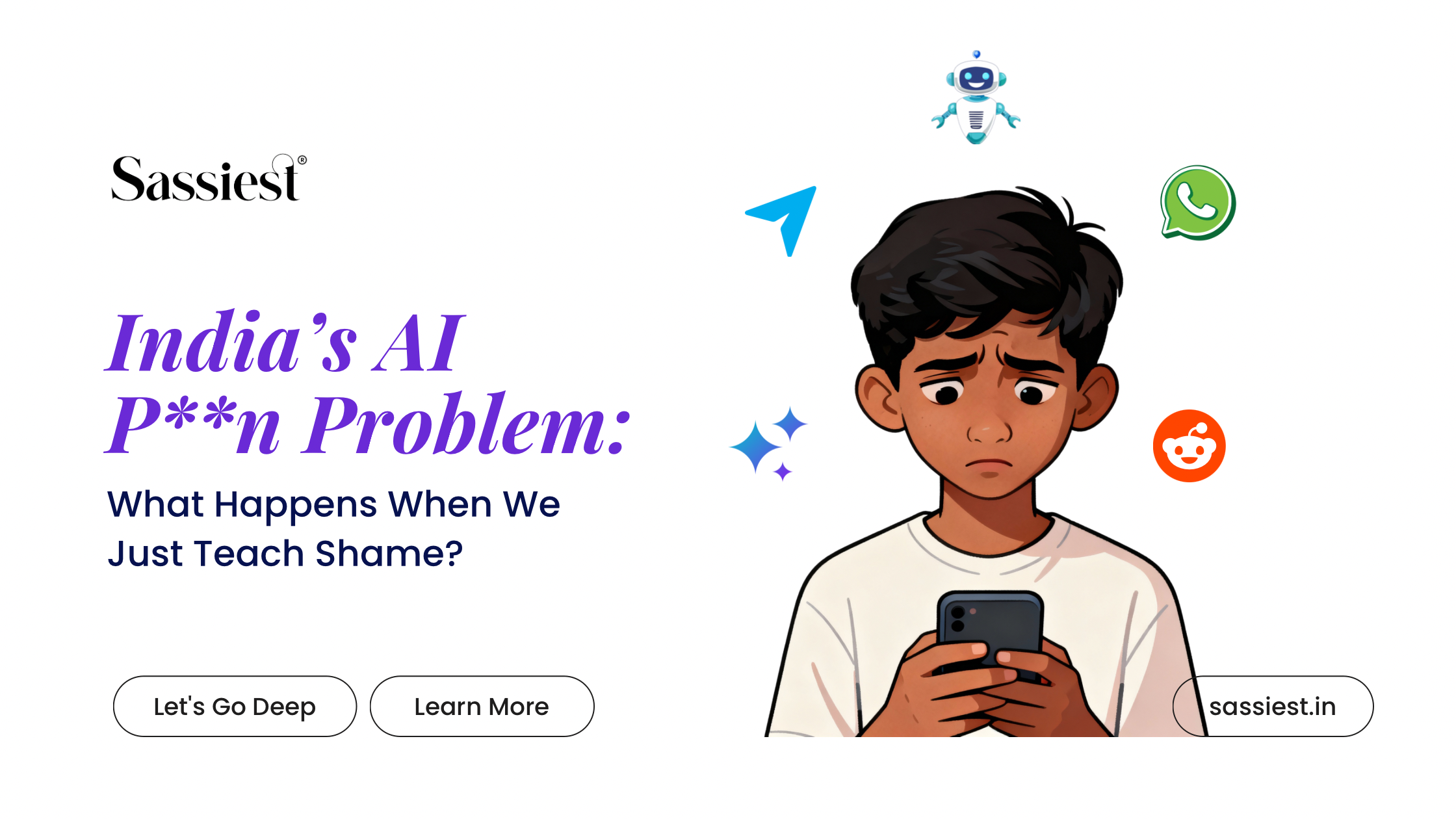Science might finally be pulling off its biggest mic drop moment yet. Researchers using CRISPR gene-editing technology say they’ve found a way to completely eliminate HIV from infected cells. Not suppress. Not reduce. Actually remove it.
If that sounds like something out of a sci-fi script, that’s because CRISPR itself feels like magic. It’s a tool that lets scientists cut, copy, and paste pieces of DNA almost like text in a document. Picture a pair of molecular scissors guided by GPS, hunting down the parts of a virus that have invaded human DNA, and slicing them out with surgical precision.

Now, for anyone wondering why this is such a big deal, here’s a quick rewind. HIV, or Human Immunodeficiency Virus, attacks the immune system, making the body vulnerable to infections and certain cancers. While treatments like antiretroviral therapy (ART) have made living with HIV manageable, they can’t cure it. The virus hides inside cells, waiting quietly like a digital file that refuses to delete no matter how many times you clear your storage.
That’s where CRISPR steps in. In the latest study, scientists used it to target and cut out the sections of the virus embedded in DNA. After the edit, the cells no longer showed signs of HIV infection. It’s the first time researchers have seen such complete removal, the biological version of a clean slate.
But let’s pause before we start screaming “cure.” This research is still in the lab stage, meaning it hasn’t been tested on humans yet. The road from petri dish to patient is long and full of checkpoints. Scientists need to make sure CRISPR doesn’t snip the wrong DNA, which could cause dangerous side effects. And because gene editing is permanent, one mistake could be irreversible.

There’s also the ethical side of the conversation. Should we be editing human DNA at all? Who gets access to such treatments first? How do we make sure it’s affordable and safe for everyone, not just the wealthy few? The excitement around CRISPR is huge, but so are the moral questions it brings to the table.
Still, the optimism is real. HIV has been one of the most difficult viruses to cure because it literally hides inside our genetic material. Every attempt so far has been about keeping it quiet, not getting rid of it. If CRISPR really can hunt it down and remove it, we could be looking at one of the greatest medical revolutions of our time.
Imagine what that means for the millions living with HIV worldwide. No more lifelong medication. No more stigma attached to being HIV-positive. A cure could transform not just health systems but social attitudes too.

CRISPR is already being tested for other diseases like cancer, sickle cell anemia, and genetic blindness. Adding HIV to that list is a huge step forward. Of course, the timeline is still uncertain. Clinical trials take years, and even then, results can be unpredictable. But for the first time in decades, the idea of ending HIV doesn’t feel like a dream anymore. It feels like science finally catching up to hope.
If all goes well, we could be living in a world where HIV is no longer a chronic condition but a curable one. That’s not just progress, that’s history being rewritten at the genetic level.
In short: CRISPR might have just handed science the ultimate power move, cutting out one of humanity’s deadliest viruses with the precision of a god-tier editor.






